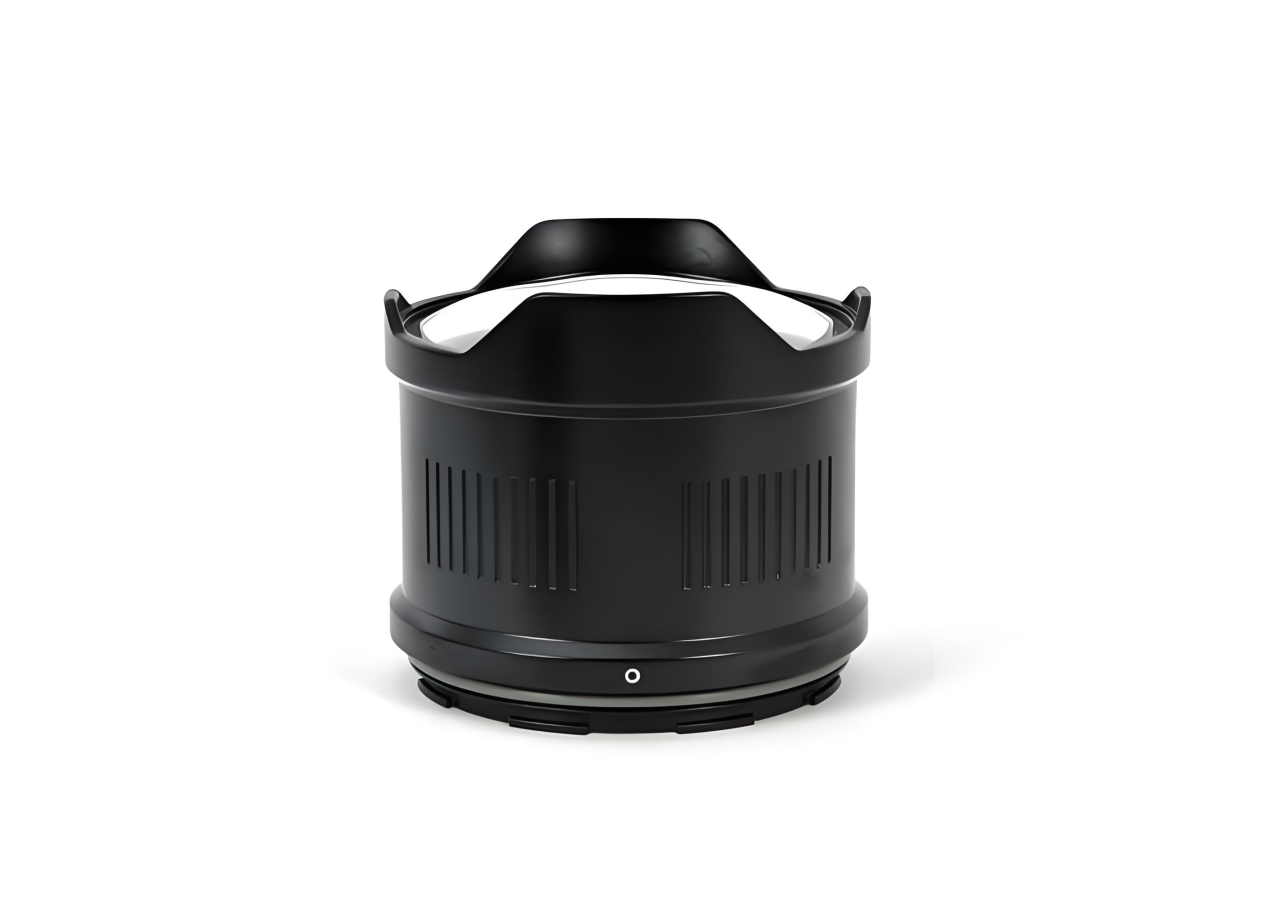Telecentric Tube Mechanical Components: Key to Precision and Accuracy in Optical Systems
2025-05-19
In the world of optics and imaging, precision is critical. Whether in scientific instruments, medical devices, or industrial applications, the need for exact measurements and consistent image quality is paramount. Telecentric tube mechanical components are essential in achieving this precision, especially in systems that rely on accurate image acquisition and measurement. This article explores the role of telecentric tube mechanical components, their applications, and how they enhance the performance of optical systems.

What are Telecentric Tube Mechanical Components?
Telecentric tube mechanical components are critical parts of optical systems designed to maintain consistent image quality, scale, and alignment, regardless of the object’s position within the field of view. The term "telecentric" refers to a type of optical design where the chief rays—lines that pass through the center of the optical system—are parallel to the optical axis. This is essential for applications that demand precise, distortion-free images.
The "tube" part of the telecentric system refers to the structure housing the lens and other components, ensuring that the optical elements are held in precise alignment. These tubes are typically made from high-quality materials such as aluminum or stainless steel, chosen for their durability and minimal thermal expansion, which helps maintain accuracy over time.
How Do Telecentric Tube Mechanical Components Work?
Telecentric systems work by ensuring that the object’s image remains the same size, regardless of its position in the optical field. This characteristic is especially important in applications like machine vision, where accurate measurements of objects are required without distortion from varying object distances.
In a standard optical system, objects that are closer to the lens appear larger than those farther away due to perspective distortion. However, in a telecentric system, the lens design ensures that the image size remains constant, regardless of the object's distance from the lens. This is accomplished through careful alignment and the use of telecentric lenses, which are mounted within the telecentric tube.
Telecentric tube mechanical components, such as focus systems, lens holders, and the structural housing, are designed to maintain the alignment of these optical elements. These components ensure that the light entering the system travels in parallel rays, which are critical for maintaining image consistency across the entire field of view.
Key Components of Telecentric Tube Systems
1. Telecentric Lenses: These lenses are designed to direct all incoming light rays parallel to the optical axis. Telecentric lenses are essential in creating distortion-free, magnification-independent images. They can be used in both object-space and image-space configurations.
2. Tube Housing: The housing or tube that holds the optical elements in place is designed to ensure precise alignment. The tube must be rigid and stable to avoid misalignment that could lead to image distortion. High-quality materials like anodized aluminum or stainless steel are typically used to construct these housings.
3. Focus Mechanism: A precise focusing mechanism is often integrated into the telecentric tube assembly. This mechanism allows for fine adjustments to the position of the optical components to ensure sharp focus while maintaining the parallelism of rays.
4. Lens Holders and Mounting Systems: These components securely hold the telecentric lenses in place within the tube. The design of the lens holder is crucial in ensuring that the lens is perfectly aligned with the optical axis, as any misalignment could compromise the performance of the system.
5. Alignment Fixtures: These are used to ensure that all the optical elements within the telecentric tube are properly aligned. These fixtures help to maintain the mechanical stability of the system during assembly and operation.
Benefits of Telecentric Tube Mechanical Components
1. Distortion-Free Imaging: Telecentric systems eliminate the perspective distortion that is common in traditional optical systems. This ensures that objects are represented at their true size, regardless of their position in the field of view.
2. High Precision in Measurement: Telecentric tube components are essential in systems where precise measurements are necessary. Because telecentric lenses produce consistent magnification regardless of the object’s distance, they are ideal for applications like machine vision, 3D scanning, and optical metrology.
3. Improved Image Quality: Telecentric systems provide high image quality, with minimal optical distortion, sharp focus, and consistent contrast. This makes them ideal for high-end imaging applications, such as in scientific research, microscopy, and industrial inspection.
4. Increased Depth of Field: Telecentric lenses often offer a larger depth of field compared to traditional lenses, which is beneficial in applications where the subject may vary in depth. This ensures that the image remains sharp across a wider range of object distances.
5. Versatility in Application: Telecentric tube systems are used in a variety of fields, from quality control and inspection in manufacturing to medical imaging and scientific analysis. Their ability to maintain consistent magnification and image quality across the field of view makes them versatile tools in precision optical applications.
Applications of Telecentric Tube Mechanical Components
1. Machine Vision: Telecentric tubes are widely used in machine vision systems for quality control, robotic guidance, and inspection. The ability to produce distortion-free images allows for highly accurate measurements of parts, ensuring that they meet strict quality standards.
2. Metrology: In the field of metrology, telecentric systems are essential for precise dimensional measurements. Since the magnification is constant regardless of object distance, telecentric systems allow for accurate gauging and inspection of parts, even in automated environments.
3. Microscopy: Telecentric tube components are used in high-precision microscopes, where maintaining image quality and consistent magnification is crucial. Telecentric systems allow for clearer, distortion-free images, particularly when examining specimens with varying depths.
4. 3D Imaging and Scanning: Telecentric systems are used in 3D imaging and scanning technologies, where accuracy and uniformity of scale are critical. These systems allow for highly accurate depth mapping, which is essential in applications like reverse engineering and 3D printing.
5. Medical Imaging: Telecentric systems are increasingly being used in medical imaging devices, such as endoscopes and diagnostic tools. The precision and clarity they provide are critical for visualizing internal structures and tissues, enabling accurate diagnosis and treatment.
6. Automated Inspection Systems: In industries such as semiconductor manufacturing, automotive production, and electronics, telecentric tube systems are used for automated inspection. They help ensure that every component, whether a microchip or a mechanical part, meets strict quality standards.
Conclusion
Telecentric tube mechanical components play a crucial role in ensuring high-precision, distortion-free imaging across a variety of industries. By maintaining consistent magnification and image quality regardless of the object's position or depth, telecentric systems enable accurate measurements and high-quality imaging, making them essential in fields like machine vision, metrology, 3D scanning, and medical imaging.
As technology advances and the need for precision increases, the role of telecentric systems will continue to grow. These components offer a unique solution to the challenges of modern optical and imaging systems, making them indispensable in ensuring accuracy and reliability in a wide range of applications.


